Forklift sale and rental in HCMC
Samcovina operates in the business of selling and leasing container forklifts, container trucks, electric forklifts, and diesel forklifts. With a number of cars imported from Europe, we have a warehouse and repair shop in Thuan An Binh Duong, Phu Huu District 9 (near Cat Lai port) that can meet the needs of consulting, repair and overhaul. , upgrading forklift lines, besides selling and renting forklifts. We also have a bridge, a lifting table, a system of equipment to support loading and unloading to meet many different needs.
Please contact us, with a team of experts and the number of vehicles available, we believe we will satisfy your requirements.
Sell or rent a Container Forklift
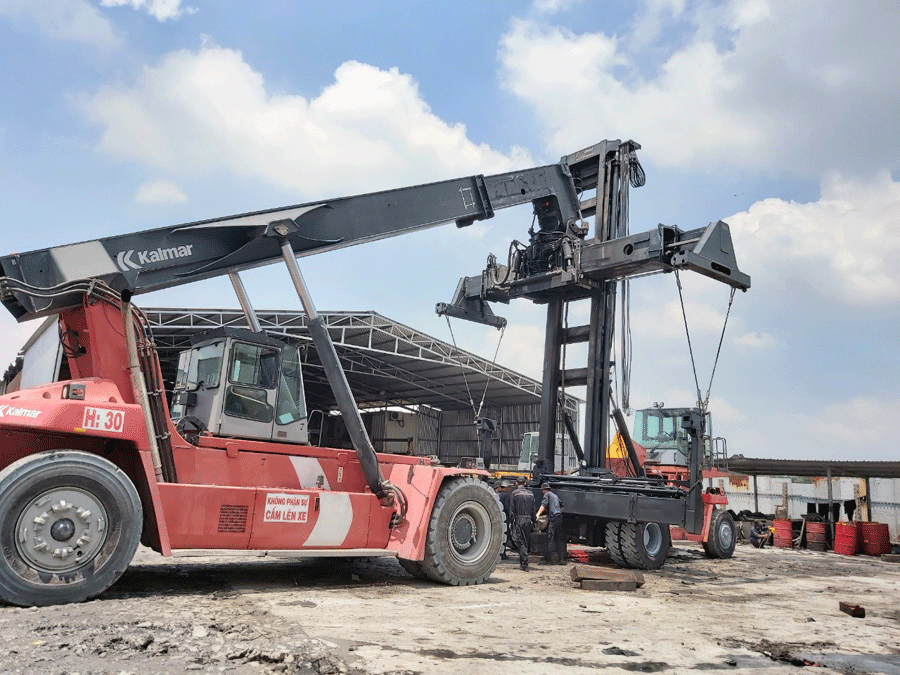
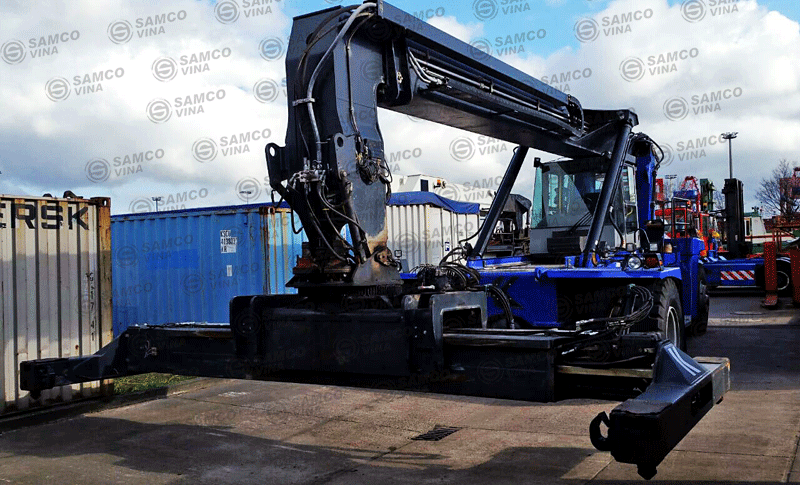

Reachtruck electric forklift for sale or rental

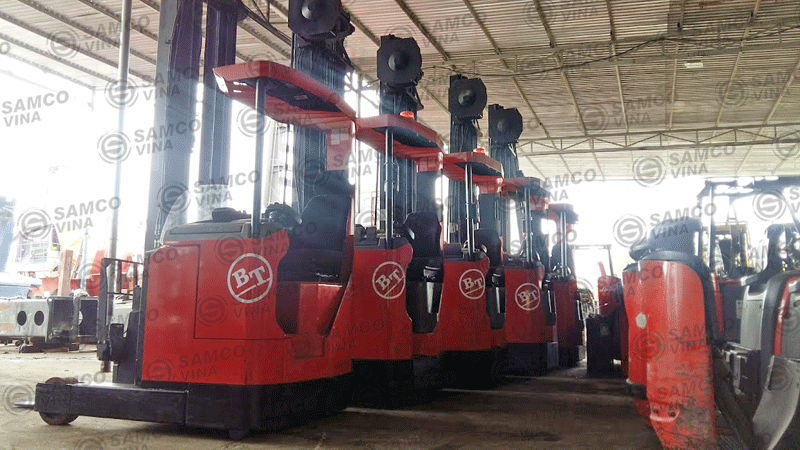
Paletttruck electric forklift for sale or rental
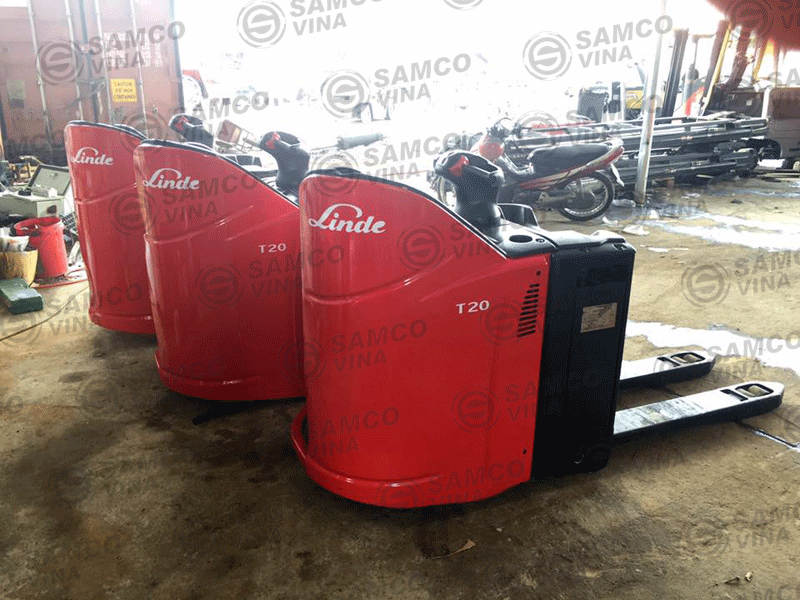
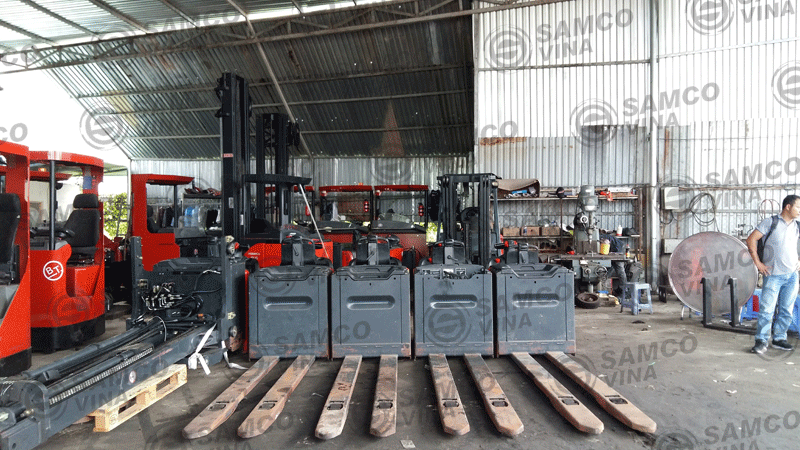
Forklift electric forklift for sale or rental
 0621
0621
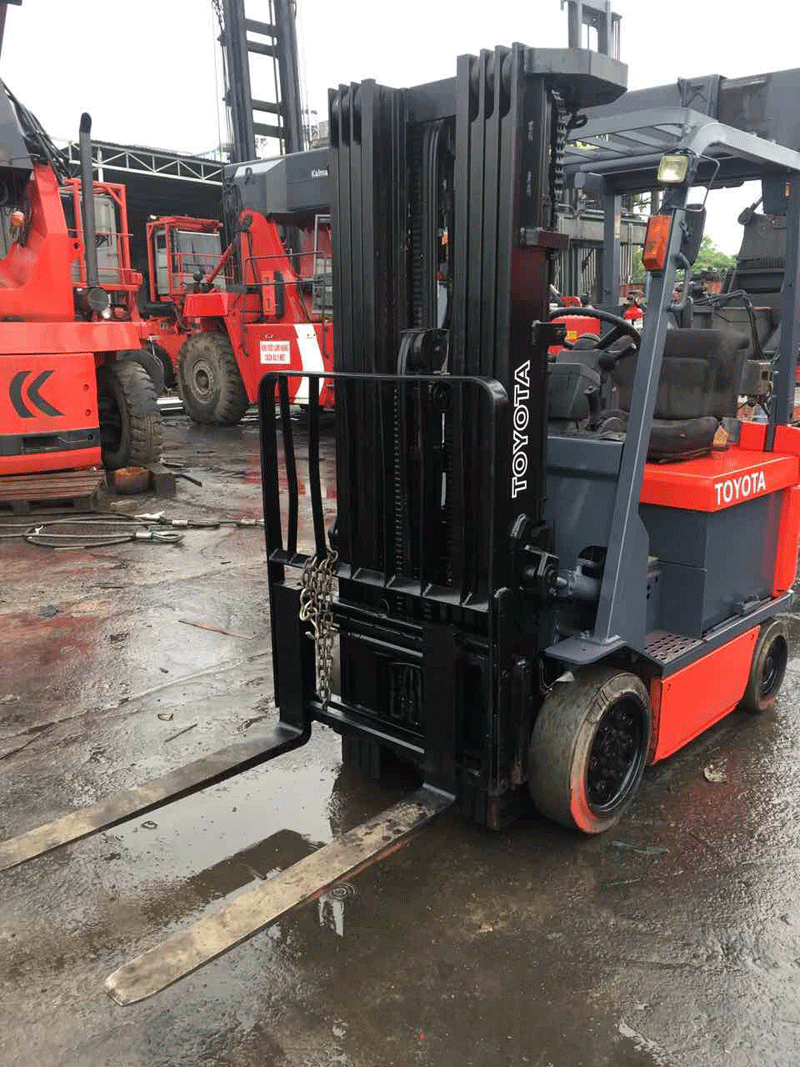



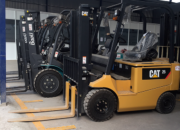
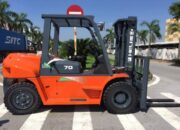



Chào cty,
Nhà máy tôi đanh nhập một số container hàng về Bình Dương, hiện chúng tôi chỉ có 1 chiếc xe rút hàng trên công. Xin cho hỏi tôi muốn mướn 2 chiếc xe nâng rút hàng khoảng 1.5 tấn trong thời gian 3 ngày có được không?
Xin cảm ơn
Chào anh,
Anh có thể liên hệ trực tiếp với số hotline để trao đổi rõ hơn anh nhé
Thanks
Vui lòng báo giá cho thê 12 tháng xe nâng điện 2 tấn.
Địa điểm Thuê Đức Hòa Long an
Chào anh Phú,
Chúng tôi đã giử giá sơ bộ các dòng xe anh cần.
Anh vui lòng liên lạc lại với chúng tôi nếu có thắc mắc cũng như các yêu cầu thêm nhé
Thân mến!